Why would Russia deploy bombers in Crimea?
- Published
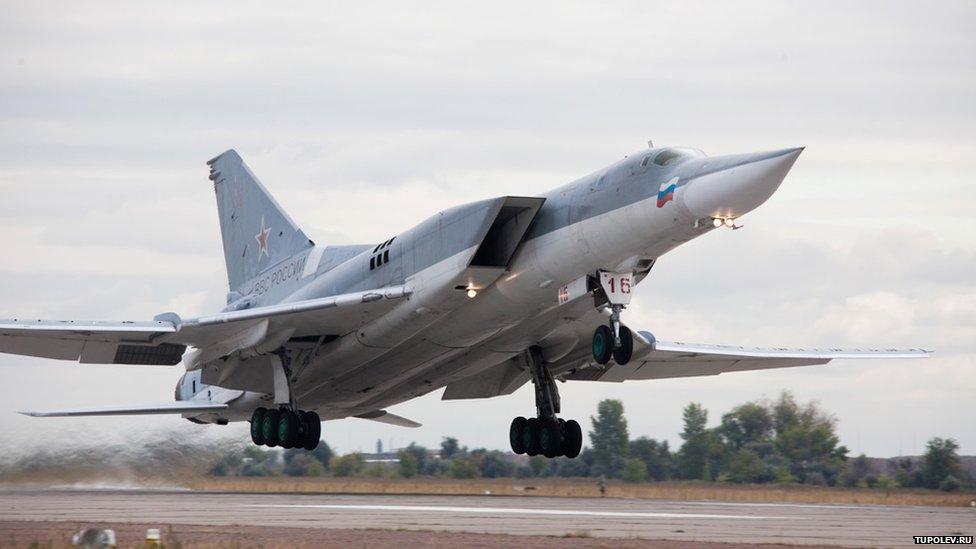
The Soviet-era Tu-22M3 bomber entered service in 1989 but has been modernised since then
Russian defence ministry sources say a squadron of Tupolev Tu-22M3 long-range bombers will be based in Crimea - but experts question the strategic value of such a move for Russia.
Russia's Interfax news agency reported the plan, quoting an unnamed ministry source, though it has not been officially confirmed. Other Russian media also reported it.
Russia has previously pledged to beef up its military forces in Crimea, which has been internationally isolated since Russia annexed it from Ukraine in March 2014.
Western nations imposed sanctions on Russia after the annexation and tightened them over Russian support for armed separatists in eastern Ukraine.

Russian commentators see the Tu-22M3 bomber move as a response to US plans to deploy surface-to-air missile interceptors in Romania.
Work at Romania's Deveselu airbase began in October 2013. It is part of a Nato missile shield plan to defend Europe from a possible "rogue state" missile attack.
The US missiles are a ground-based version of Aegis, a system used by the US navy since 2004.
The Russian bombers could be used against large surface ships, including aircraft carriers.
However, military expert Viktor Murakhovsky argues that sending them to Crimea will only make them an obvious target in the event of an armed conflict, and they will do little to improve Russia's combat capability there.
Russia also opposes the positioning of US missile interceptors in Poland. It threatened to put Iskander short-range missiles in its Kaliningrad region in response. However, despite reports of temporary deployments, Iskanders have not been moved there permanently.
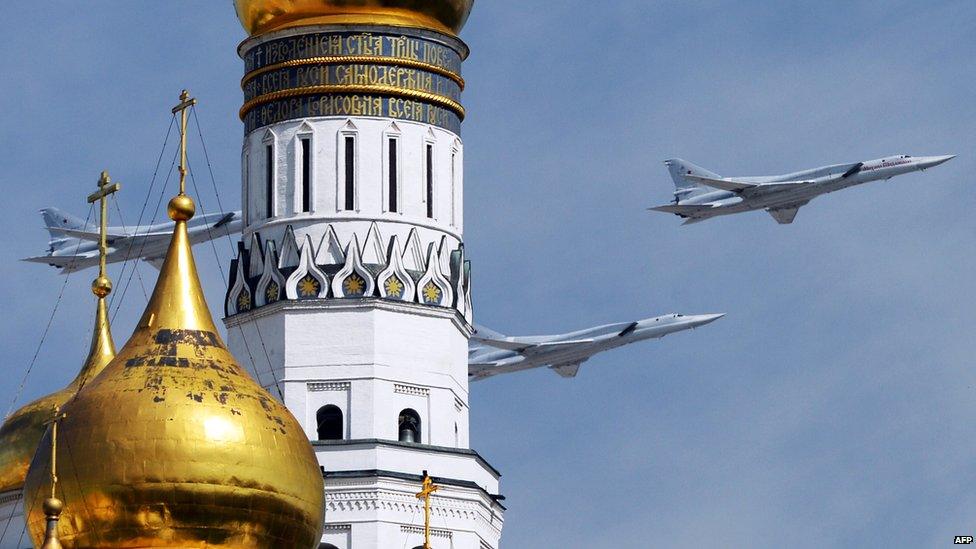
On 9 May the bombers were a highlight of Moscow's Victory Day flypast
'Unsinkable aircraft carrier'
In the late 1980s, the Tu-22M3 was based in Crimea, at the Vesyoloye base and the now disused airfield at Oktyabrskoye. Both were run by Soviet naval air regiments.
But in 1991, with the collapse of the Soviet Union, Crimea became part of independent Ukraine.
A year after annexing Crimea the Russian military transferred several Tu-22M3s there during a combat readiness exercise.

Tupolev Tu-22M3

About 500 Tu-22Ms (various models) serving in Russian air force since 1989
Long-range strategic and maritime strike bomber - Nato codename "Backfire"
Max speed - 2,000km/h (1,200mph; Mach 1.88 - nearly twice speed of sound)
Length - 42.5m (140ft) and variable geometry wings
Four-man crew (pilot, co-pilot, navigator, weapon systems operator)
Two Kuznetsov NK-25 turbofan engines
Combat range - 2,200km (1,364 miles)
Max weight - 124 tonnes
Flight ceiling - 14,000m (46,200ft)
Carries missiles and bombs and has a cannon in tail turret

The defence ministry source quoted by Interfax said Russia had always felt a need for the bombers in the south. "But now there are suitable conditions for their return to Crimea, which used to be called 'an unsinkable aircraft carrier'," the source said.
Military expert Igor Korotchenko believes that such a decision would be quite logical.
"The deployment of Tu-22M3 bombers in Crimea will, on the one hand, counter threats from the European missile defence system in Romania, and help to keep control over the Black Sea as a combat theatre," he said.
After an upgrade the bombers will also be armed with a new cruise missile, the X-32, dramatically improving their capabilities, he said.
"The Black Sea is covered by the [Russian] Bastion mobile coastal defence systems. We can destroy any target in the Black Sea.
"But deployment of the Tu-22M3 enables a projection of power when international tension rises."
Drawbacks
However, Viktor Murakhovsky doubted whether the bomber deployment in Crimea would be useful.
First, he said, the airbases would have to be rebuilt from scratch, "starting with a new runway, then new radio and lighting equipment, and so on".
Second, the bombers would be within range of weapons aboard warships in the Black Sea.
The bombers could be just as effective if deployed as usual in Russia's heartland, he argued.
"As the [Soviet] experience in Afghanistan showed, these planes were flown on missions from permanent airbases in central Russia.
"In some cases, they temporarily flew to airfields in Central Asia, and operated from there, but then returned."
Mr Murakhovsky believes that the defence ministry has not yet made a final decision on the bomber deployment.
- Published12 March 2015
- Published15 March 2015
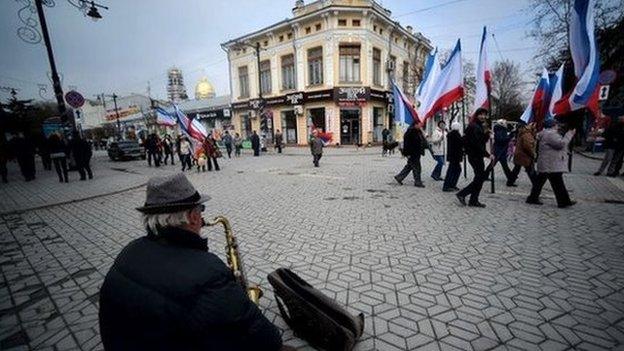
- Published26 November 2014
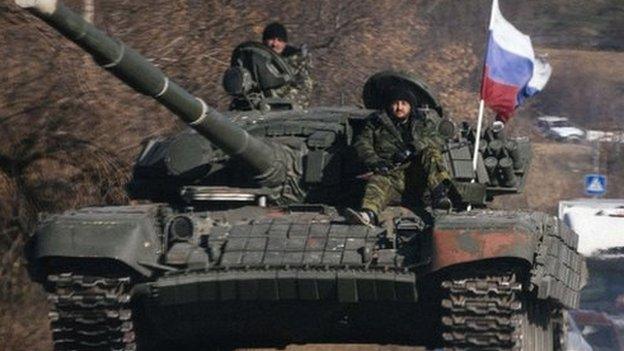
- Published10 March 2015
- Published29 January 2015
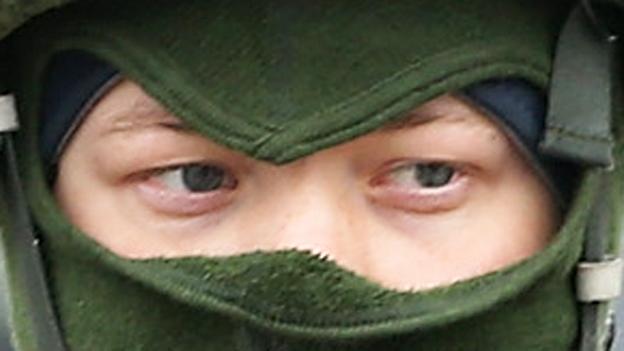
- Published6 March 2015